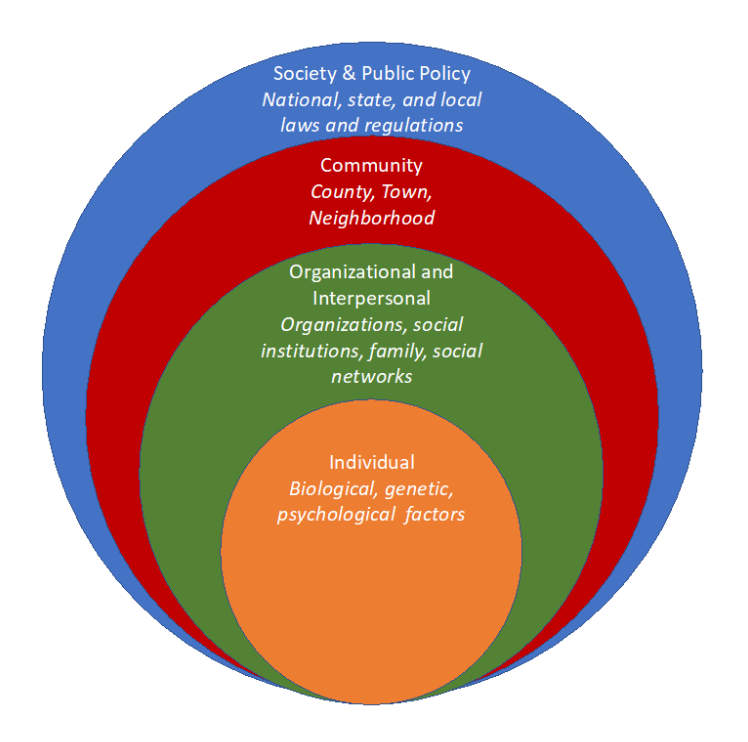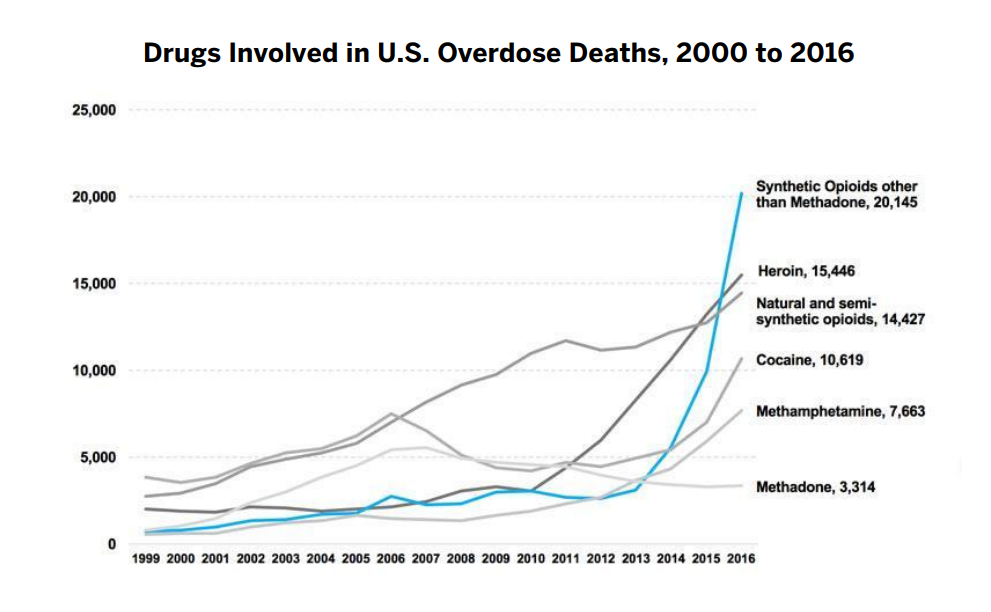Addiction is a complex chronic disease, affecting both the brain and body. The disease of addiction disturbs the brain's healthy reward circuitry, leading to the unhealthy pursuit of substances or behaviors that trigger those reward circuits.
Addiction is characterized by:
- the inability to consistently abstain from pursuing substances or behaviors that trigger the brain's reward circuits
- impaired behavioral control
- craving
- diminished recognition of significant problems with one's behaviors and interpersonal relationships
- dysfunctional emotional response



